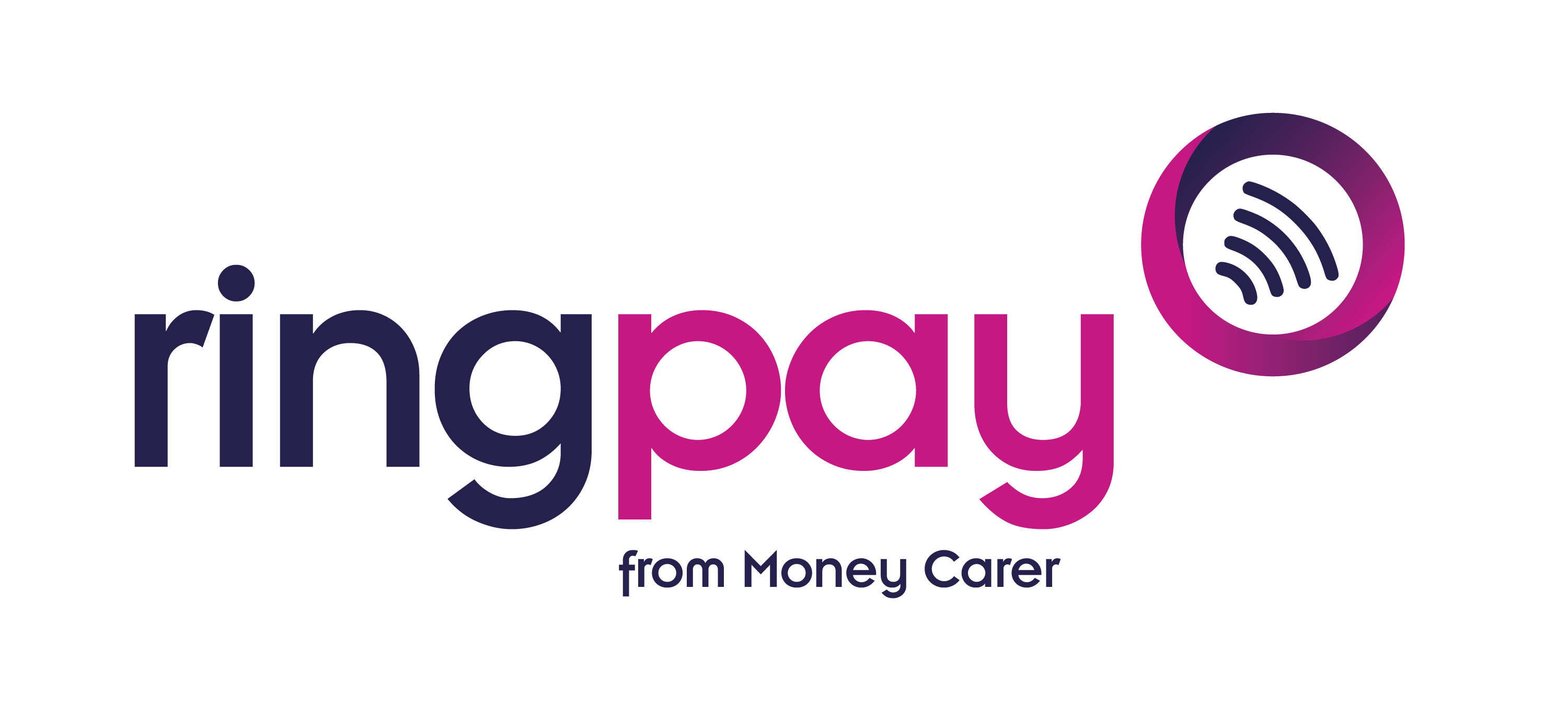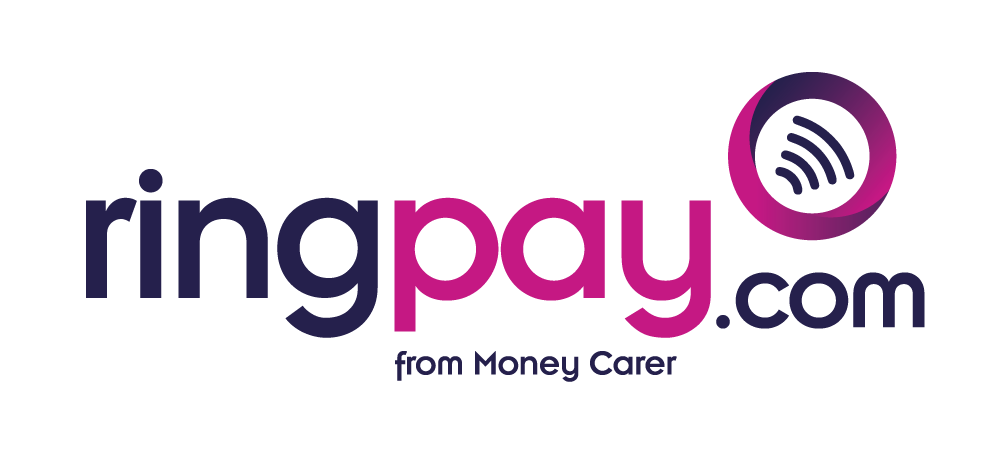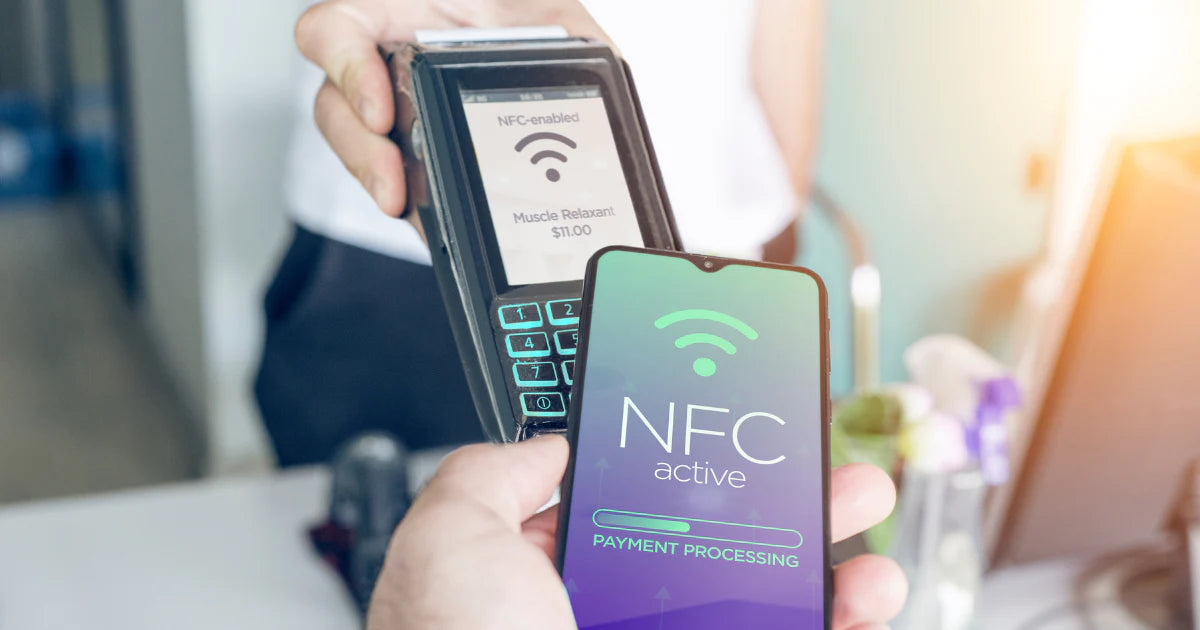A Brief History of Wearable NFC Payment Technology
Wearable Near Field Communication (NFC) payment technology has transformed how we interact with the world around us, allowing seamless, contactless transactions via smartwatches, rings, wristbands, and more. This evolution is rooted in decades of innovation in both contactless payments and wearable computing.
Early Foundations: The Birth of NFC
-
2002: NFC was jointly developed by Sony and Philips, building on existing RFID standards. It enabled two-way communication between devices in close proximity.
-
2004: The NFC Forum was established to promote the standard and foster collaboration among tech companies.
2008–2011: First Mobile Wallets and Experiments in Wearables
-
2008: Nokia introduced the 6131 NFC, one of the first NFC-enabled phones, mostly used in pilot transit and payment programs.
-
2011: Google Wallet launched on Android phones, supporting NFC payments. Around the same time, wearable payment concepts began surfacing in events and niche applications (e.g., RFID wristbands at festivals).
2014–2015: Major Entrants Transform the Market
-
2014: Apple Pay debuted with the iPhone 6, bringing NFC payments into the mainstream.
-
2015: Apple Watch introduced contactless payments via Apple Pay, marking a pivotal moment for wearable NFC technology.
-
2015: Samsung Pay and Android Pay (now Google Pay) also launched, expanding NFC payment capabilities across Android and Samsung devices.
2016–2018: Expansion of Wearable Payment Ecosystem
-
2016: Fitbit acquired wearable payment firm Coin, signalling its intent to enter the payments space.
-
2017: Garmin Pay was introduced, allowing NFC transactions through Garmin’s fitness-focused smartwatches.
-
2018: Fitbit Pay launched, integrated into fitness trackers like the Ionic and Versa. Ring-based payment solutions also emerged around this time.
2019–2022: Diversification and Partnerships
-
2019: Banks and fintech firms partnered with wearable manufacturers to offer tokenized, secure NFC payments, such as Barclays with bPay bands and key fobs.
-
2020–2022: COVID-19 accelerated adoption of contactless payments, leading to broader acceptance of wearables in retail and transit systems globally.
2023 and Beyond: Towards Invisible Payments
-
2023: Ultra-personal wearables (rings, bracelets) using tokenized NFC became more mainstream, supported by backend services like Visa Token Service and Mastercard Digital Enablement Service.
-
2024–2025: Biometric authentication integrated into wearables enhances security and user experience, paving the way for “invisible” or passive payments that require minimal user interaction.
From simple RFID wristbands to smartwatches and payment rings, wearable NFC payment technology has come a long way. As form factors shrink and authentication becomes more seamless, the future points toward an even more frictionless relationship between humans, wearables, and payments.



Részesedés:
Mi teszi a fizetési gyűrűt biztonságosabbá, mint egy pénztárcát?
Take Back the Tap with RingPay